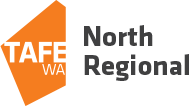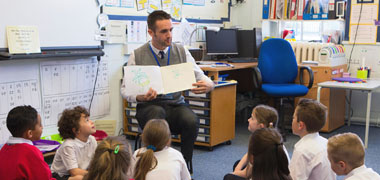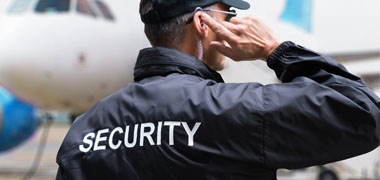
This role has a low level of AI exposure. Core skills such as adaptability, social intelligence, and complex physical tasks remain beyond the capabilities of current AI.
Explore all careersA Museum Assistant greets visitors, answers questions, conducts tours, maintains displays, and supports artefact handling and multimedia prep.
Get qualified to work as a Museum Assistant with a course recognised across Australia. Speak to a training provider to learn more.



In Australia, a full time Museum Assistant generally earns $1,160 per week ($60,320 annual salary) before tax. This is a median figure for full-time employees and should be considered a guide only. As you gain more experience you can expect a potentially higher salary than people who are new to the industry.
 Courses.com.au Team
Courses.com.au Team
The number of people working as a Museum Assistant has decreased in recent years. There are currently 1,200 people employed in this role in Australia compared to 1,500 five years ago. Museum Assistants may find work across all regions of Australia, particularly in larger towns and cities where museums are located.
Source: Australian Government Labour Market Insights
 Courses.com.au Team
Courses.com.au Team
To become a Museum Assistant, consider enrolling in a Certificate III in Library and Information Services. This course will prepare you to work in museums, libraries, art galleries and cultural service organisations. You’ll develop skills in customer service and records management and learn to use digital technologies such as loan management software and cataloguing systems.
 Courses.com.au Team
Courses.com.au Team
Browse occupations related to Museum Assistant



If you're looking to start a rewarding career as a Museum Assistant, you'll find a variety of options available through Museum Assistant courses in Gisborne. These courses provide you with essential skills and knowledge required for the job, whether you are a beginner or someone with existing qualifications. With a total of three courses tailored for different experience levels, you'll be well-equipped to step into the vibrant world of museums and cultural institutions in Gisborne.
For those new to the field, two beginner courses stand out. The Certificate I in Tourism (Australian Indigenous Culture) SIT10122 offers foundational knowledge about indigenous heritage and tourism practices, while the Certificate II in Aboriginal and/or Torres Strait Islander Cultural Arts CUA20420 explores the rich cultural contributions of Aboriginal and Torres Strait Islander peoples. Completing these courses can pave the way for various job roles within the museum sector.
For experienced learners, the Certificate IV in Arts and Cultural Administration (Galleries and Museums) CUA40820 is an excellent choice. This advanced course focuses on managing and promoting cultural institutions, preparing you for significant roles within the industry. With such credentials, you can explore various opportunities, including positions such as a Museum Curator or a Gallery Manager.
Through the Arts and Culture sector, you can see the diverse career pathways available for Museum Assistants. In addition, a career in this field can lead you to engage in roles such as a Curator, an Librarian, or even a Heritage Consultant. Each of these roles contributes significantly to preserving and presenting cultural heritage in Gisborne and beyond.
Finally, the region of Gisborne, known for its rich cultural scene and historical significance, offers unique opportunities for Museum Assistants. Engaging with local community artefacts and cultural narratives can foster a deep understanding of heritage conservation. For those considering a career in the field, exploring Museum Administration or pursuing roles like Historian or Conservator not only enriches your professional portfolio but also contributes to the ongoing appreciation of community culture and history.